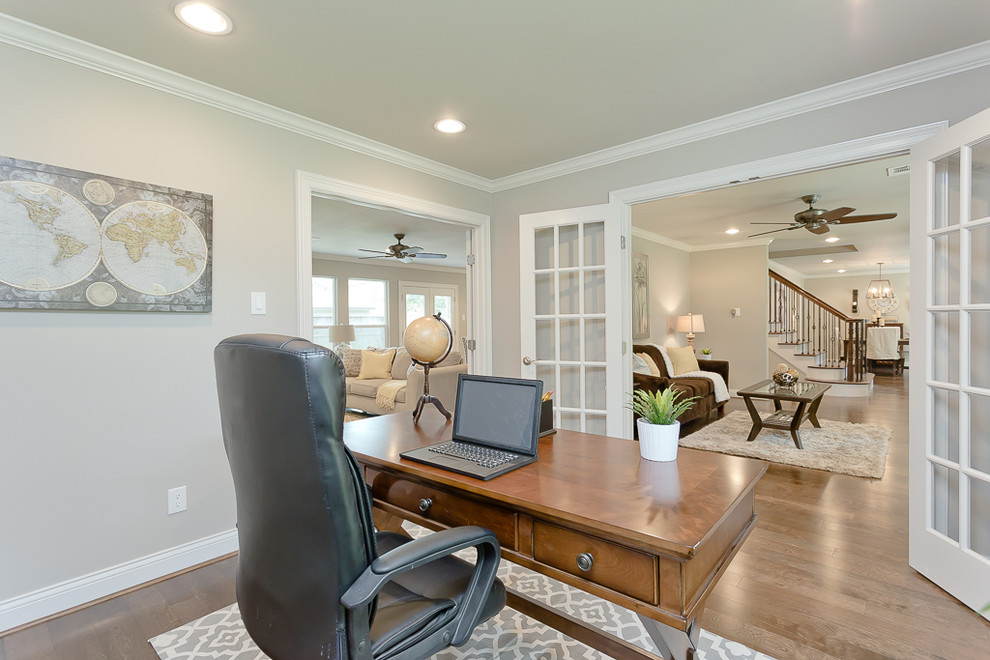
To balance out its intensity, combine this shade with neutral or muted tones like black, brown or gray. It’s great for those who work in fast-paced or ever-changing industries as it will always keep you on your toes. Similar to black, red also represents strength and it’s known to stimulate conversation and excitement. It’s known to encourage confidence, introspection and strength so add a few black pillows to a white couch or mount wall art in black frames to boost your sense of security in the decisions you’re making. Black For IntrospectionĪlthough only recommended for an accent wall or decor, black is a very grounding and powerful color to have in your office. It can be easily refreshed with other natural colors for a minimalist look or bold pops of color for a unique interior. A white office will help promote focus and organization while bringing in plenty of light. White and soft neutrals are perhaps the most versatile shades. Whether you’re painting your walls or just sprucing up your home office decor with fun pops of color, use this list to help you choose the shades that will make up your ideal workspace. If you find that unique ideas come when your desk and office walls are full, try bold color combinations and eclectic decor like fun textures and a mix of canvas prints. If minimalism fits your style, you might want to consider neutral colors combined with natural decor elements like an indoor plant. What is your working style?įor many, clean and minimal spaces help them concentrate and feel centered. If you’ll be making sales calls or pitching ideas, your office needs to make you feel revitalized and optimistic. If you’re a student, you’ll want this to be a space where you can clear your mind and focus on the material in front of you. If you find that a comfy seat encourages you to write more, opt for a plush couch in a grounding shade like a deep blue or gray along with few soft pillows.Ģ. If plenty of natural sunlight in a bright room helps you create your best designs, go for light, invigorating shades. Whether it’s writing, sketching or studying, jot down three to five main uses. Think about your typical tasks and projects as well as the physical items you need to complete them. What will be the main use of your office? To get you on the right track, consider the following questions: 1. Knowing the main purpose of your space will help you hone in on the colors best suited for you.
#Houzz home office paint colors how to
How To Get Startedĭepending on your line of work, you might want to consider jotting down a few notes that include your goals and needs for your office. In creative industries, pops of color along with fun shapes and textures can inspire unique ideas.

A highly organized office can also help you feel at ease and focused. When working for a fast-paced industry, soothing and calming shades are encouraged. If you want your office to feel cozier, go for warmer wall shades and decor like soft yellows and wooden frames. If you want your office space to seem bigger, light and airy colors will create the illusion of a roomier space. According to color psychology, color is one of the most used tools in design to help encourage certain emotions or alter the perception of a room.

The Effects Of ColorĬolors can affect mood, productivity, comfort and energy levels. Whether you’d like to increase your productivity, generate creative ideas or reduce stress, this guide will walk you through your choices. We include well-known effects of some of the most popular office colors and unique color combinations. To help you pick the best colors for your home office, we put together this guide that lists everything you should consider when putting together your perfect space. If your job or school requires plenty of focus, go for neutral or deep shades to encourage clarity and sharpness. If you like bold colors but you know you’ll be spending several hours a day in your office, settling for a colorful accent wall or some vibrant pops of color is a great option. When choosing your home office color, consider your working style, the amount of time you’ll be spending in your office, and even the type of work you’ll be doing.


 0 kommentar(er)
0 kommentar(er)
